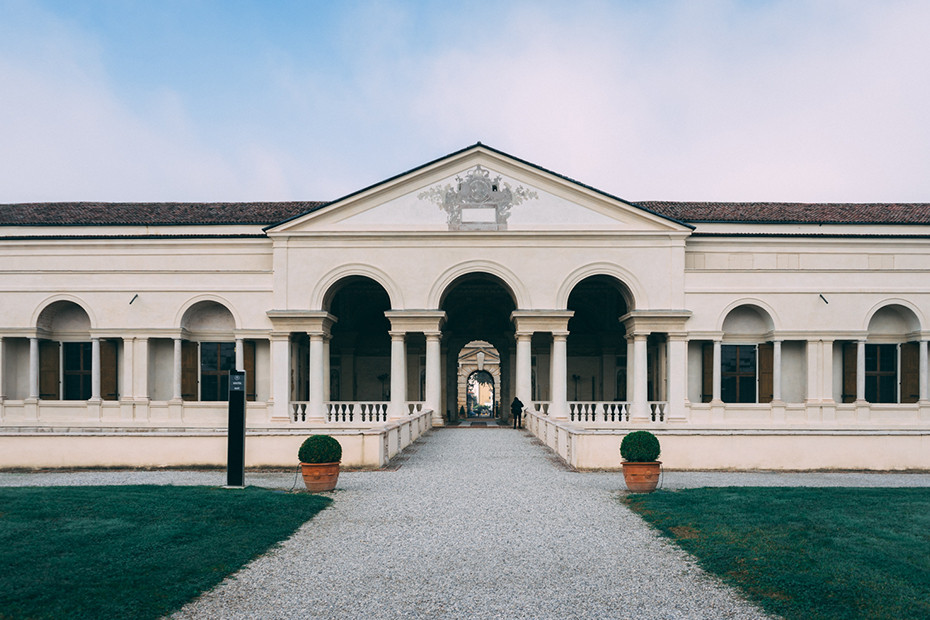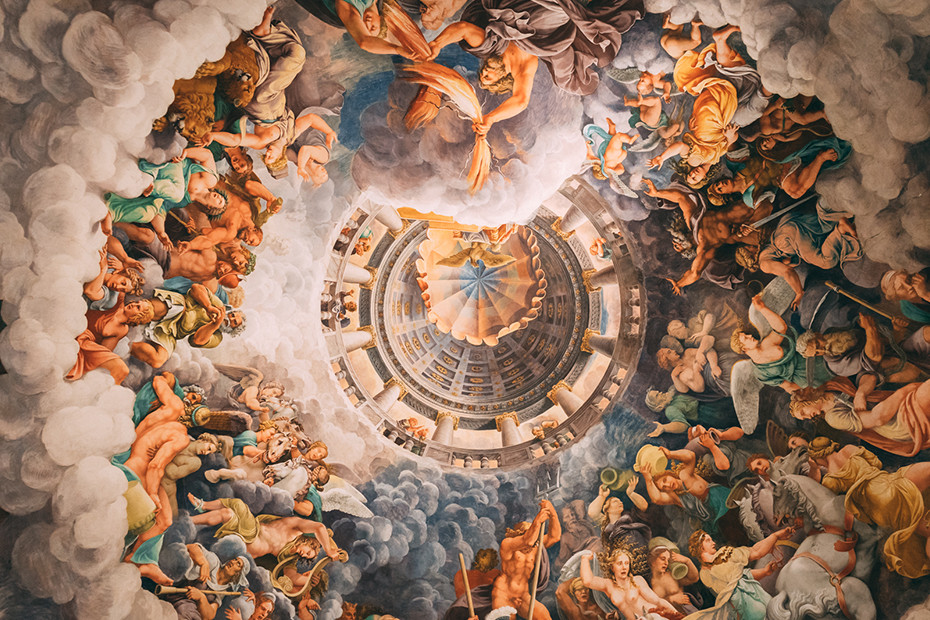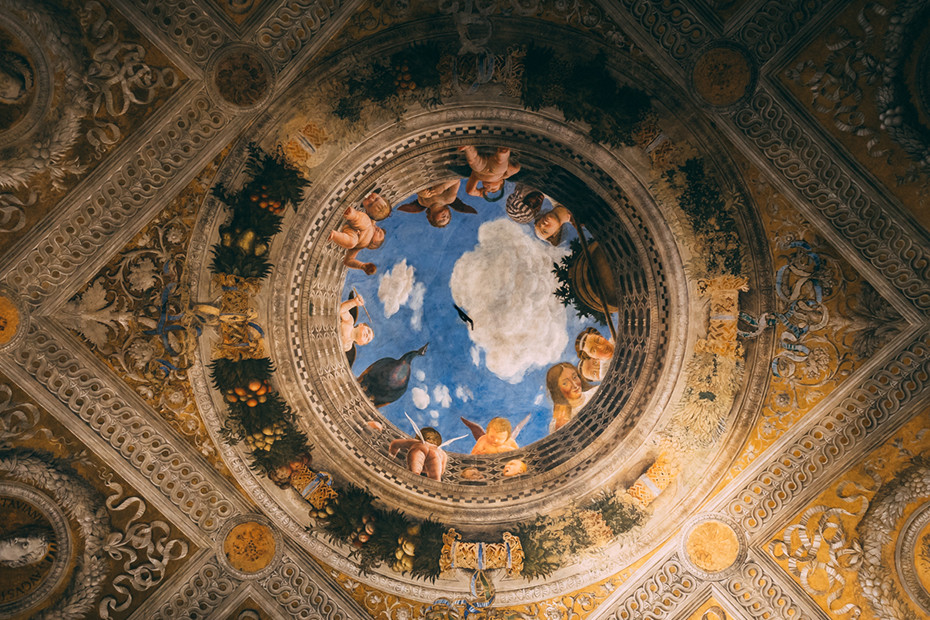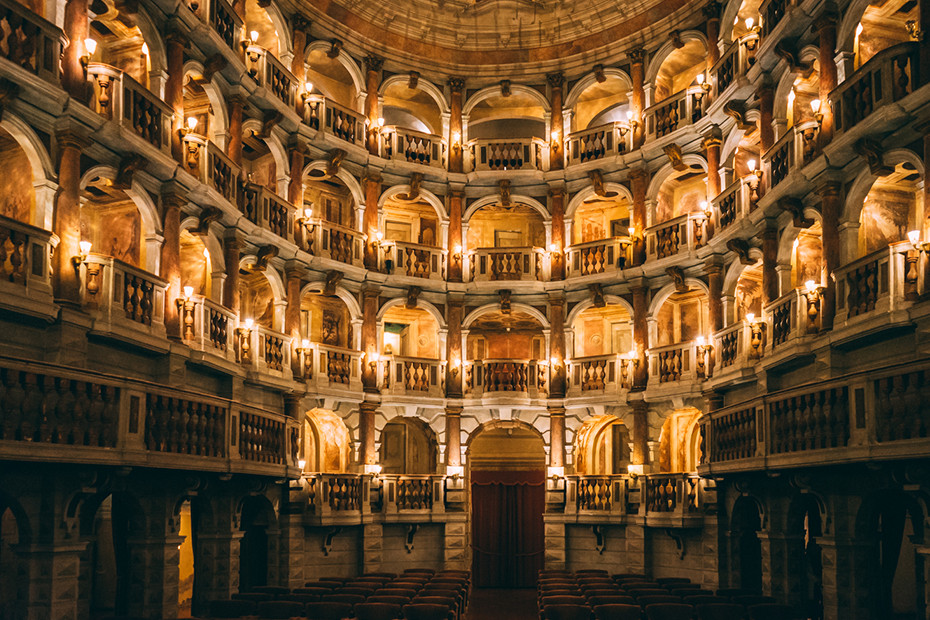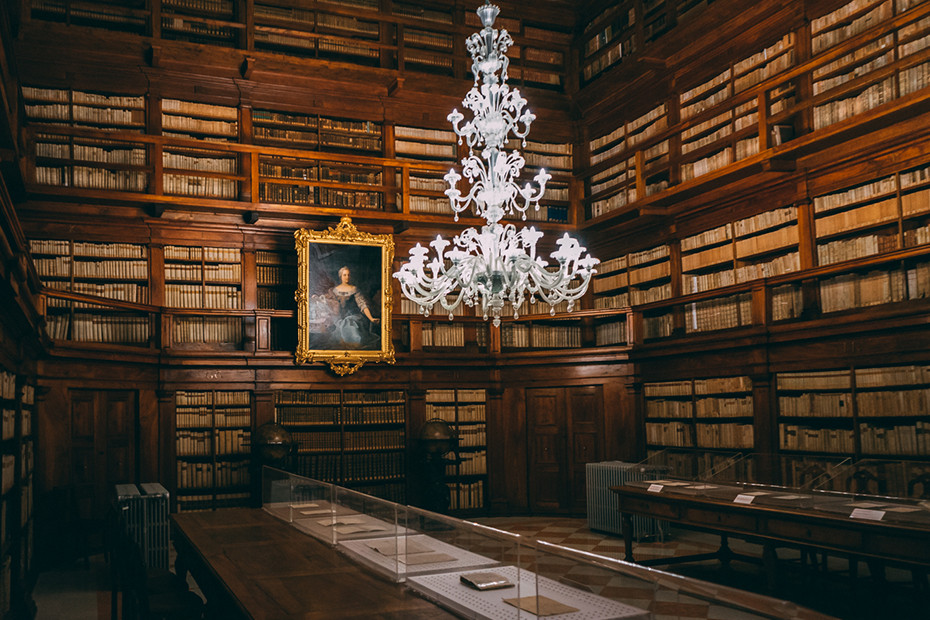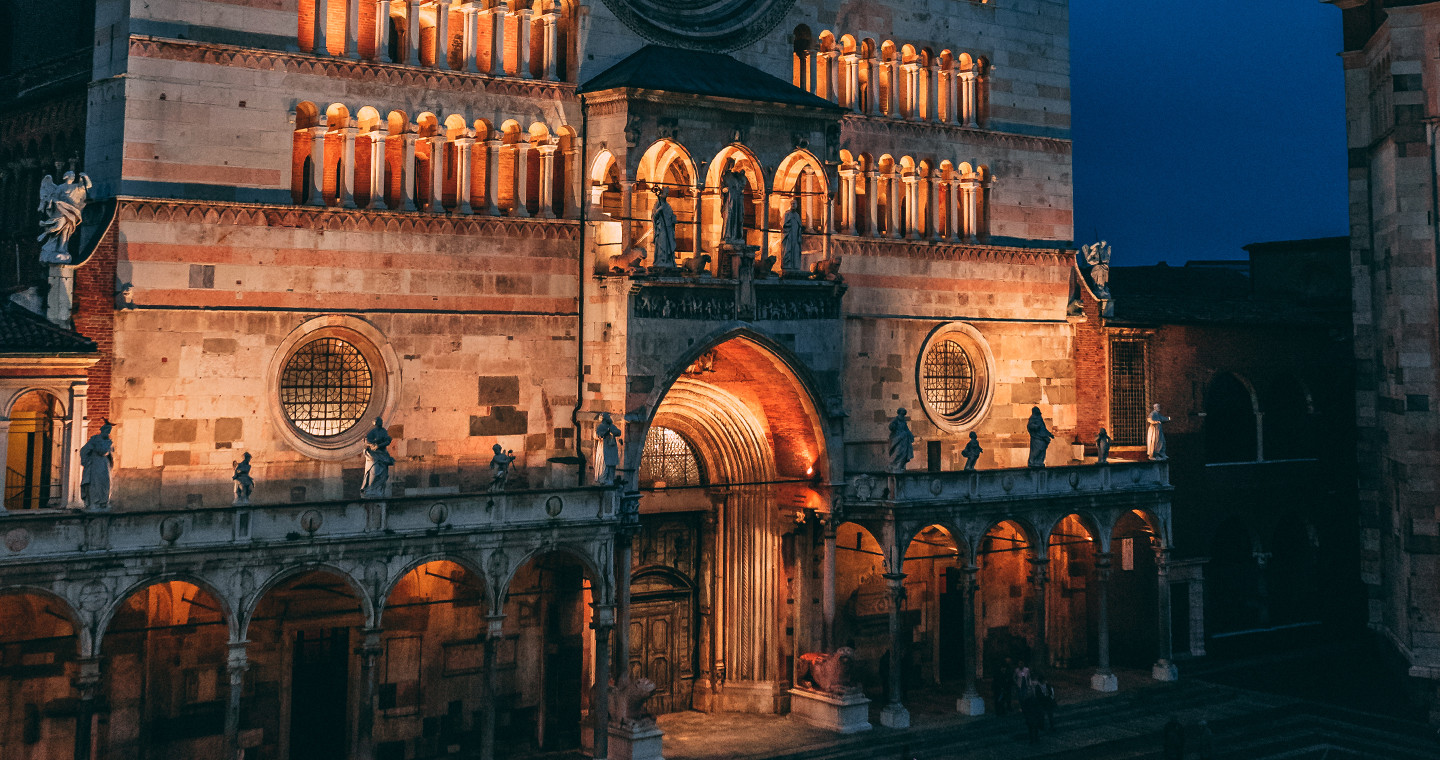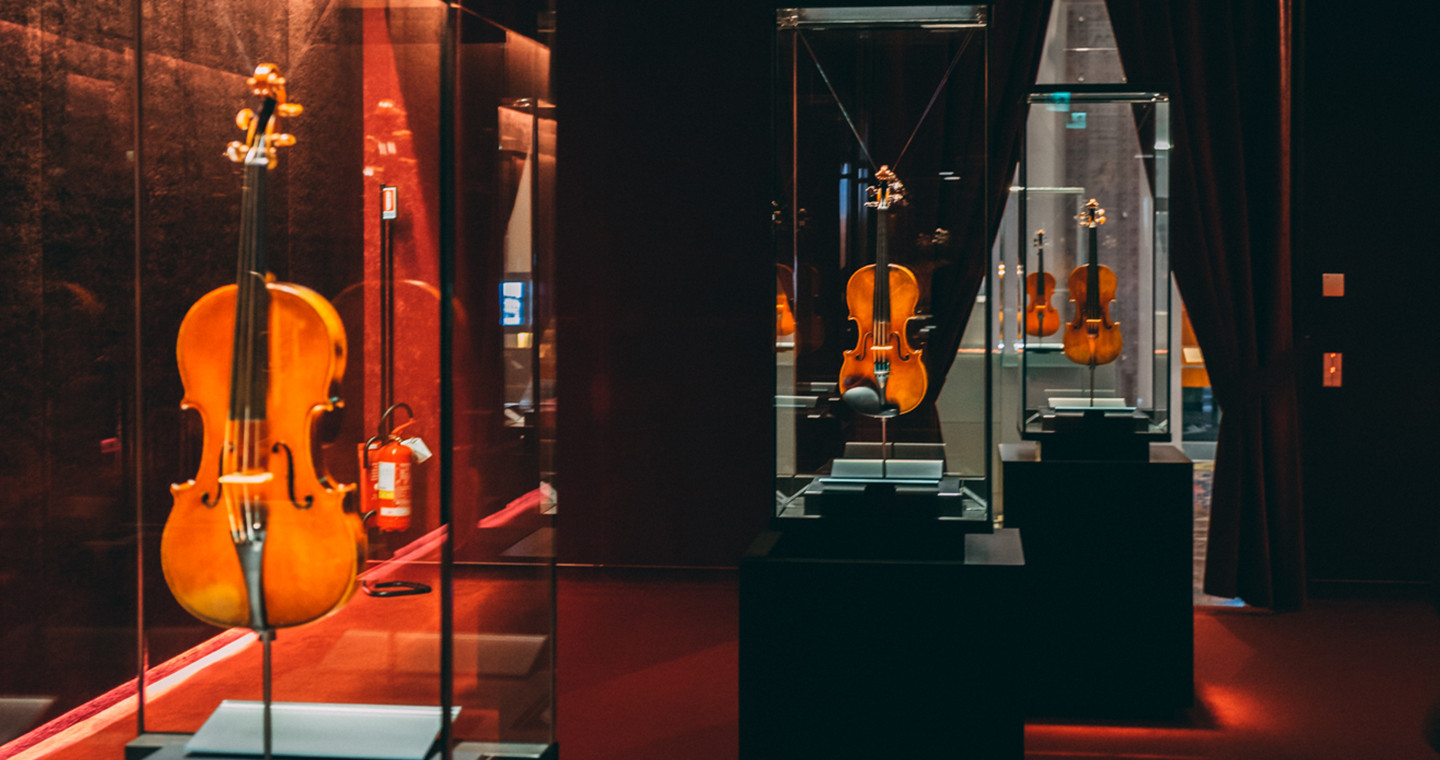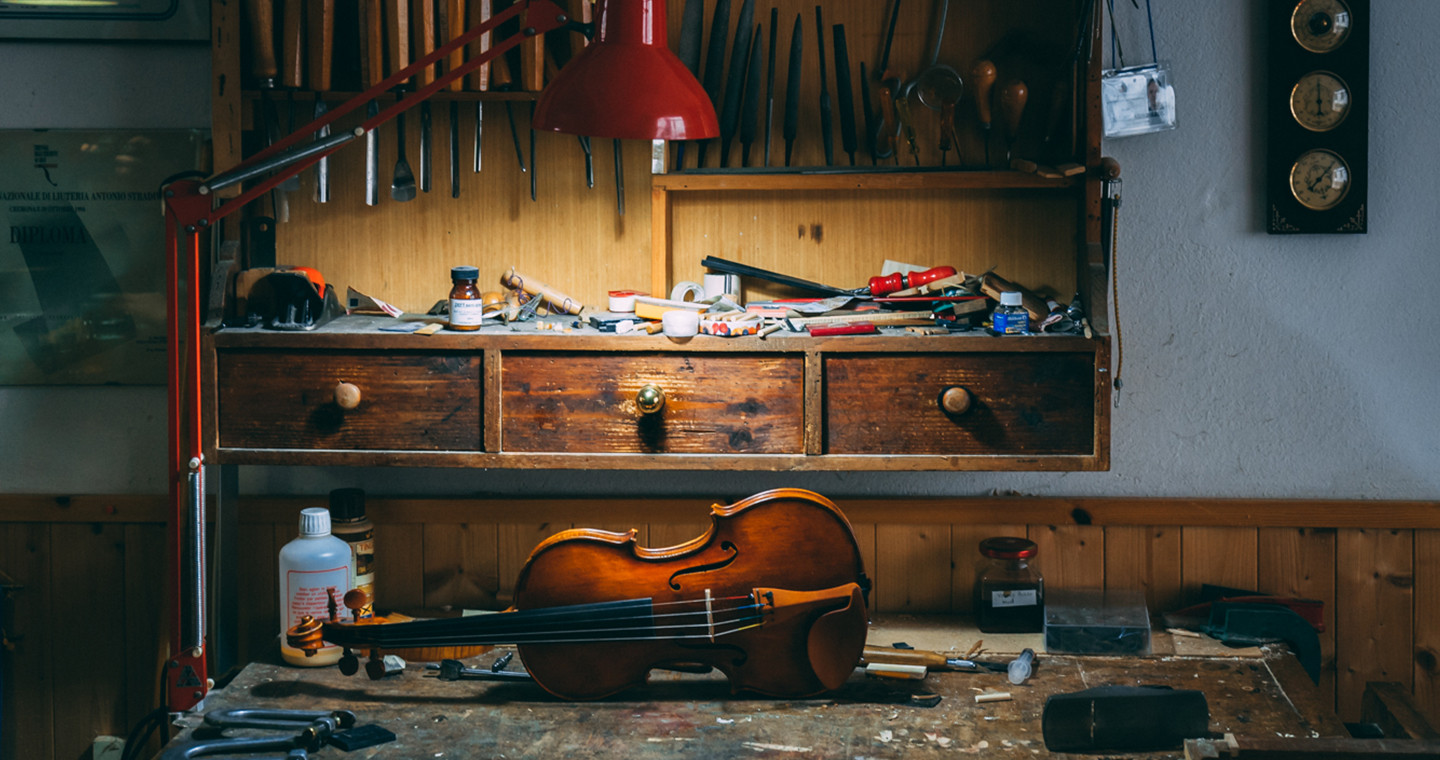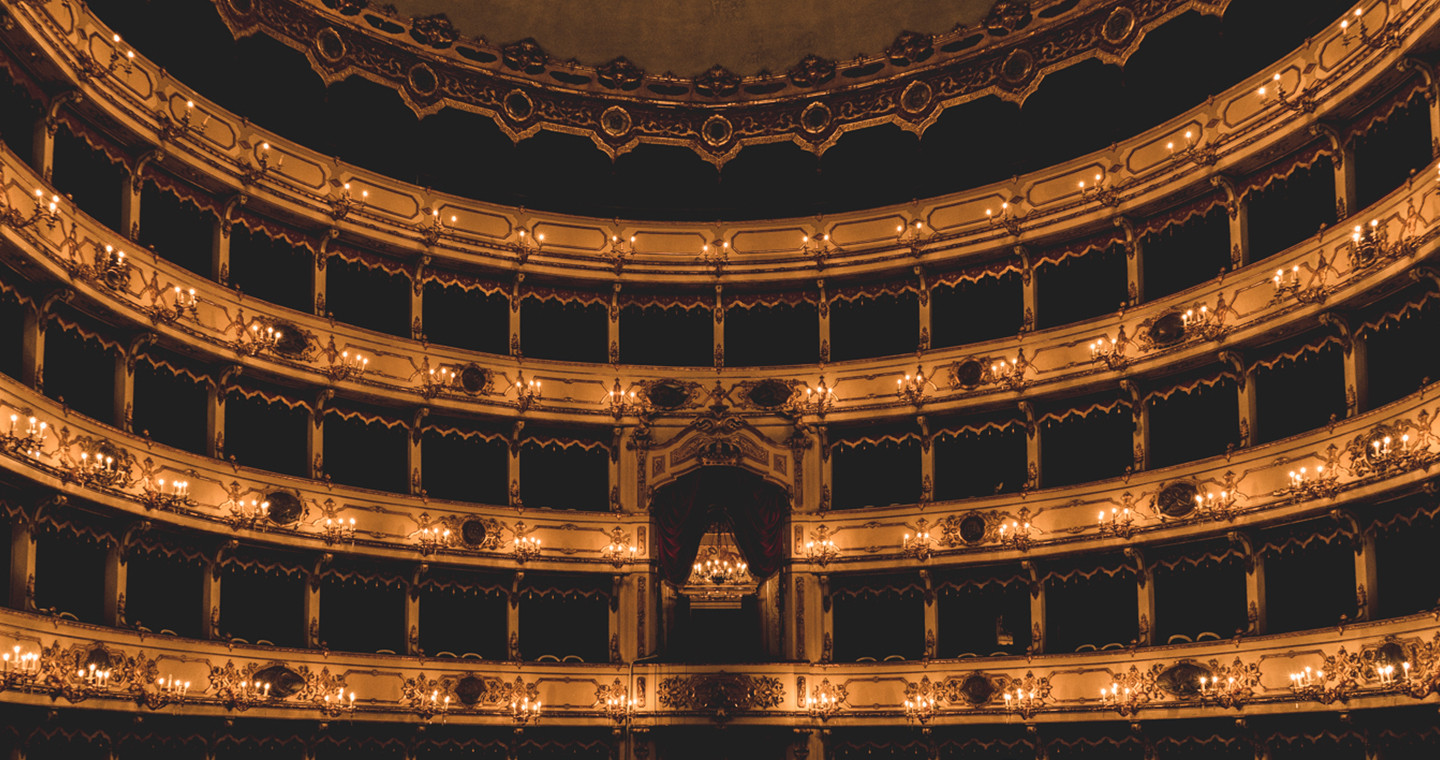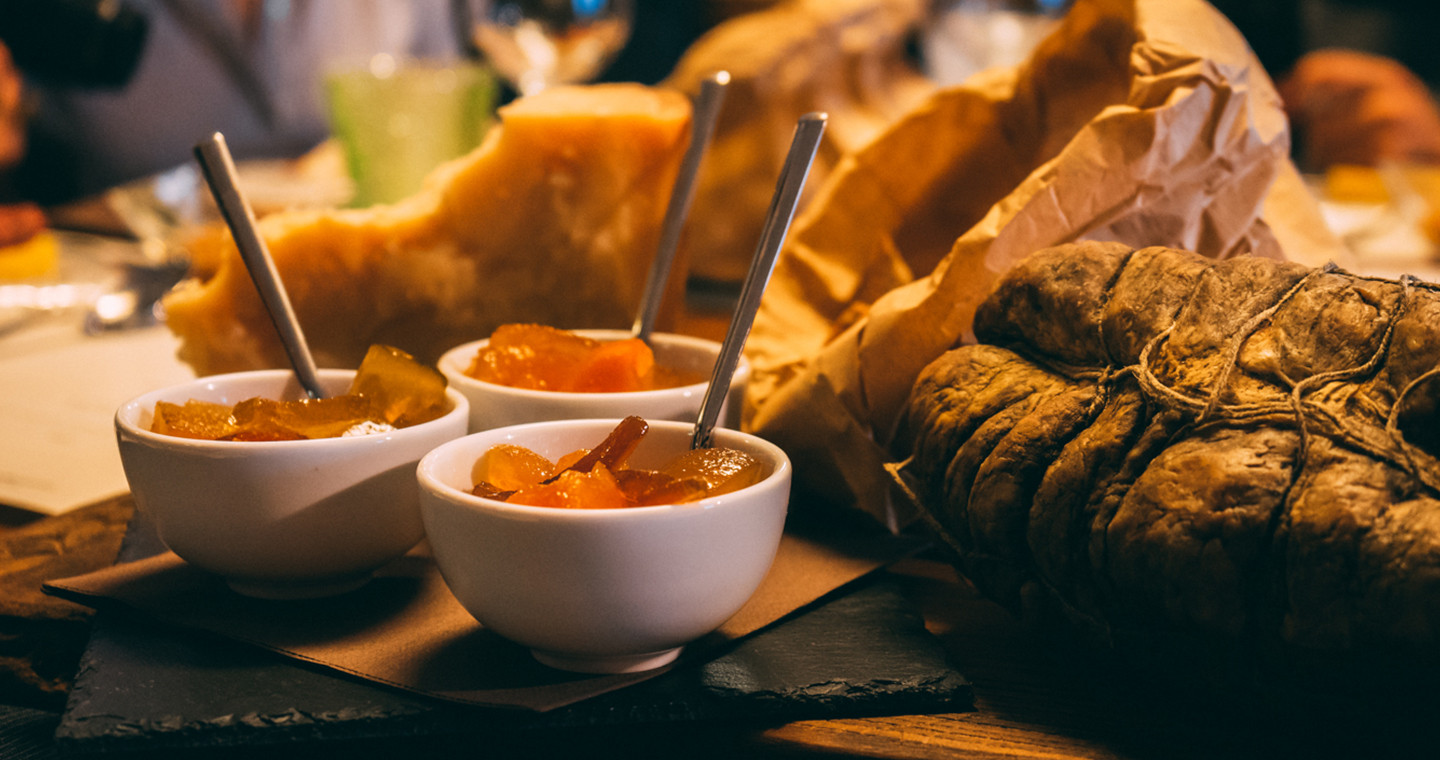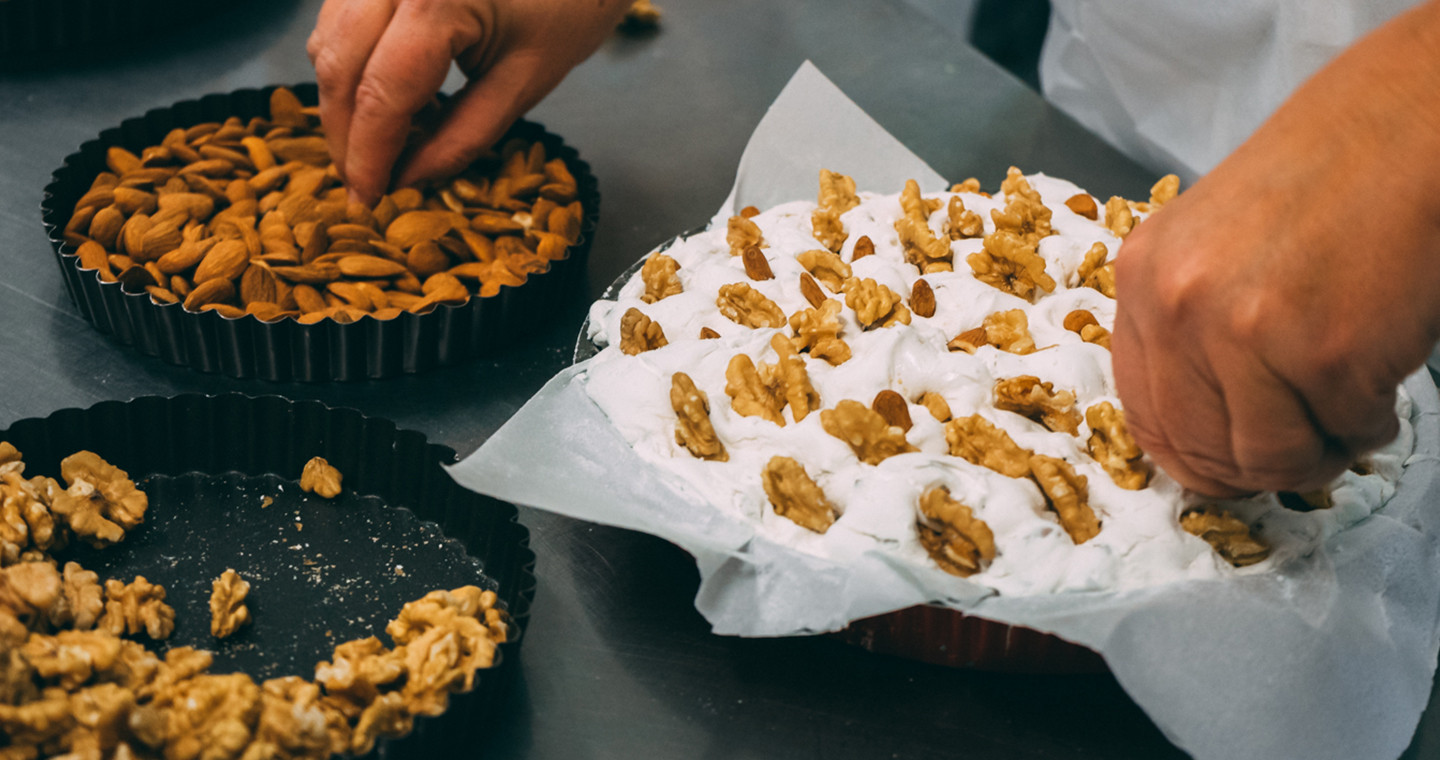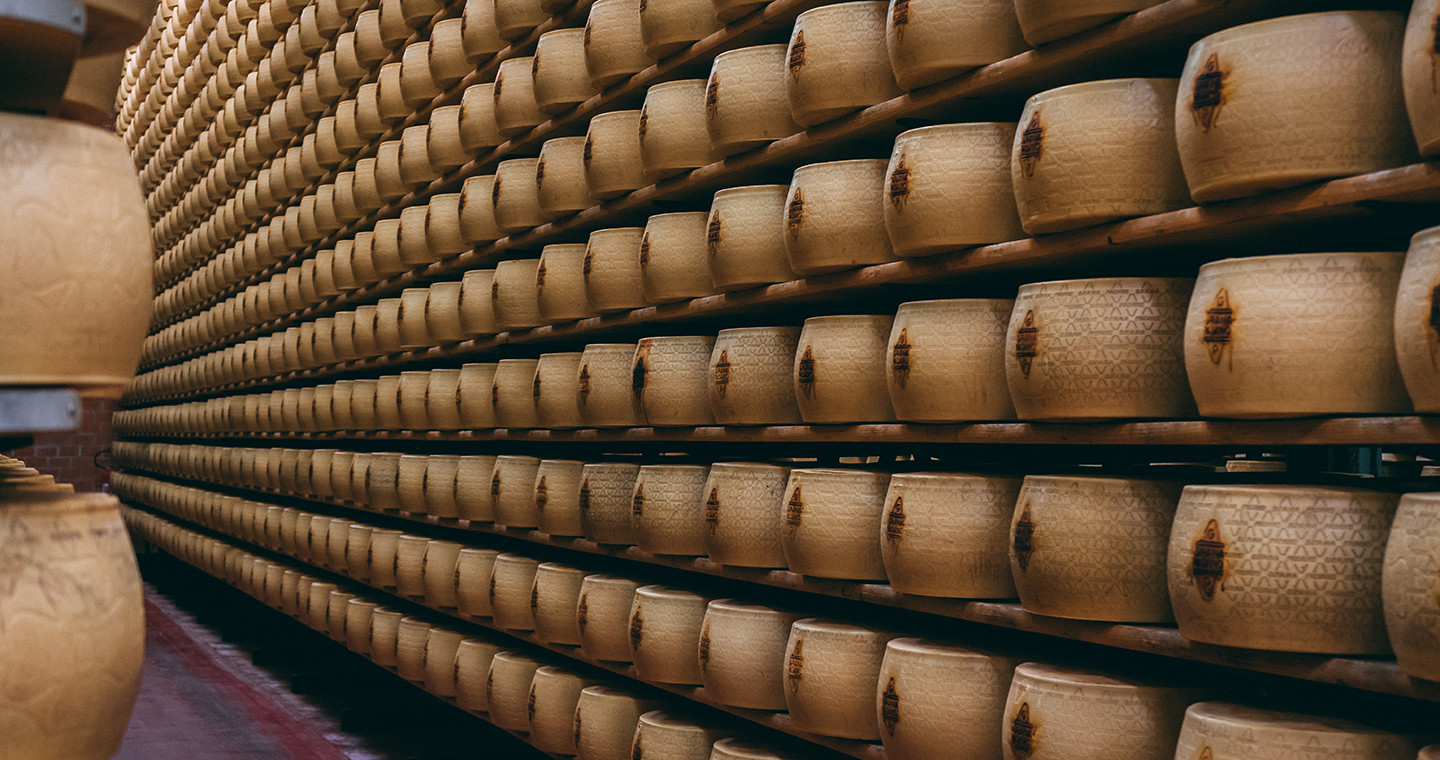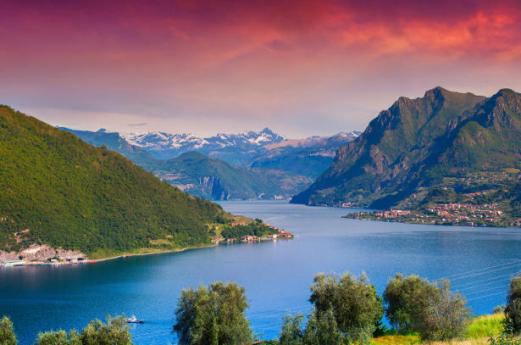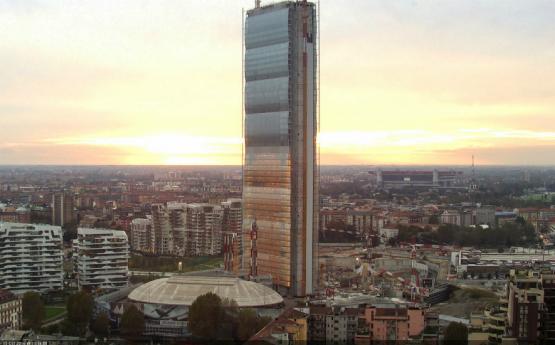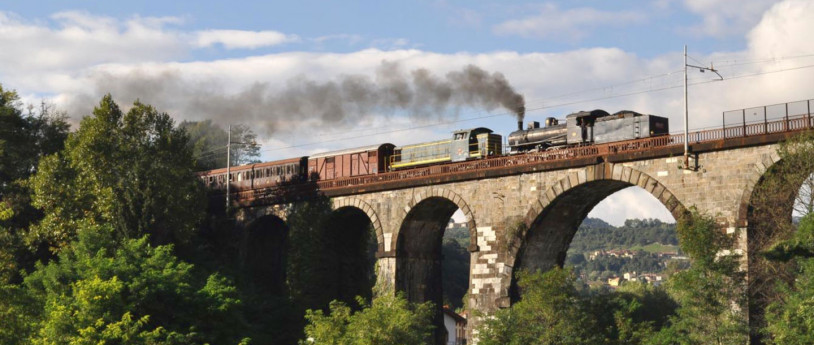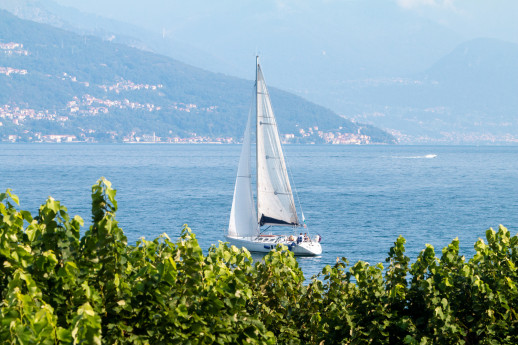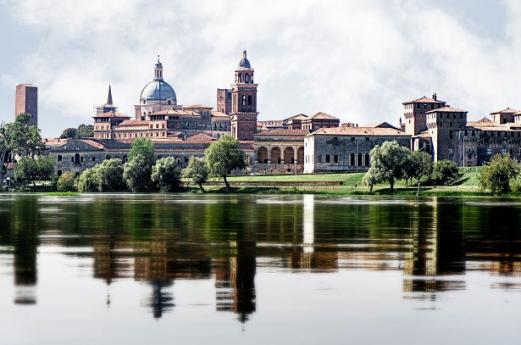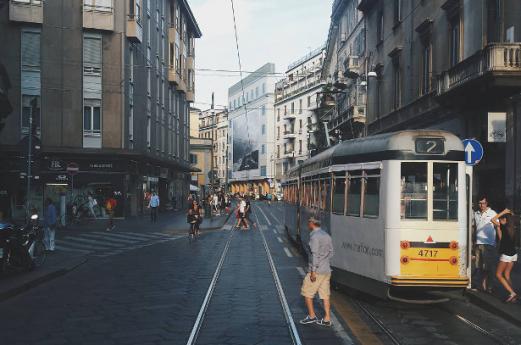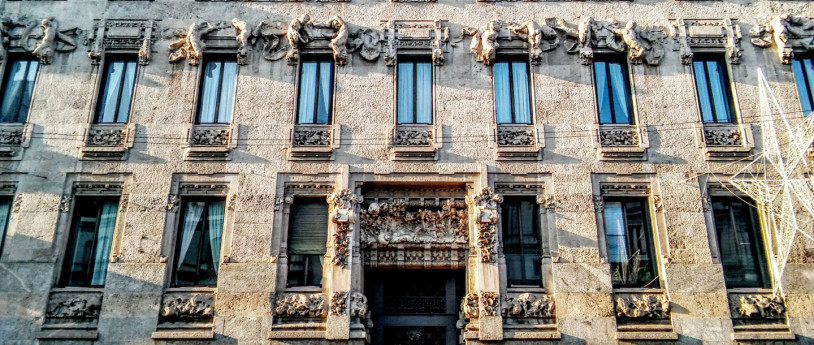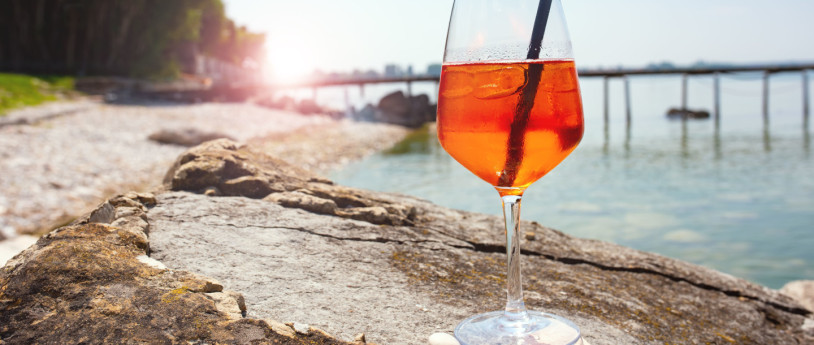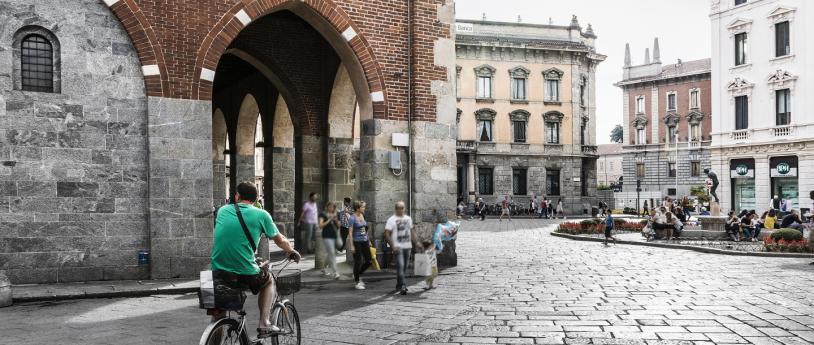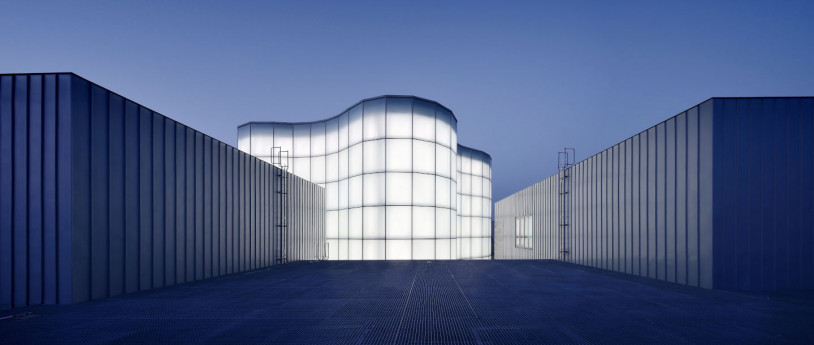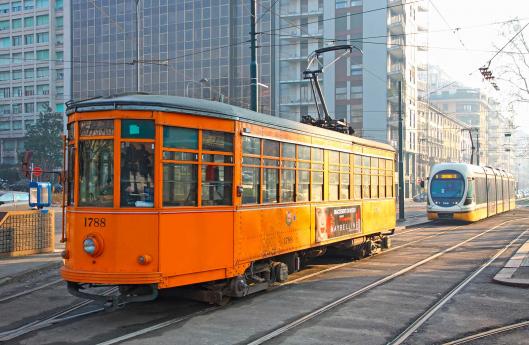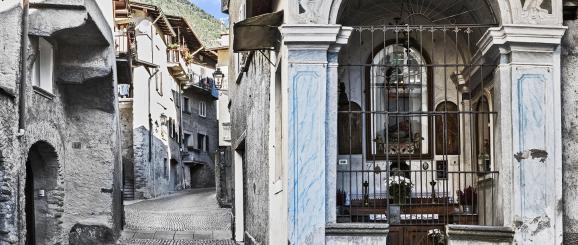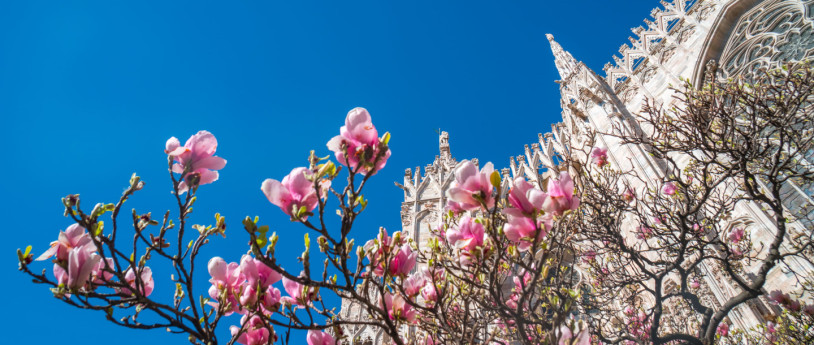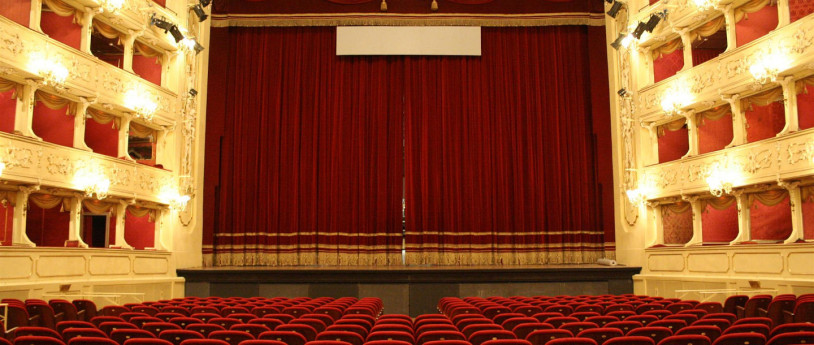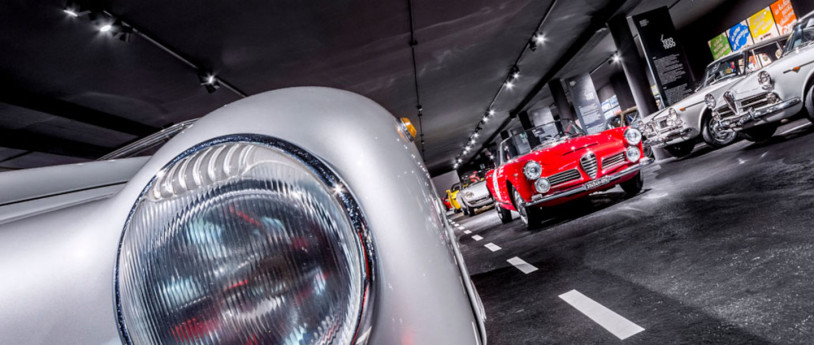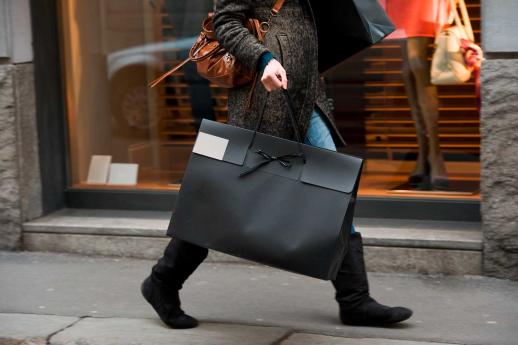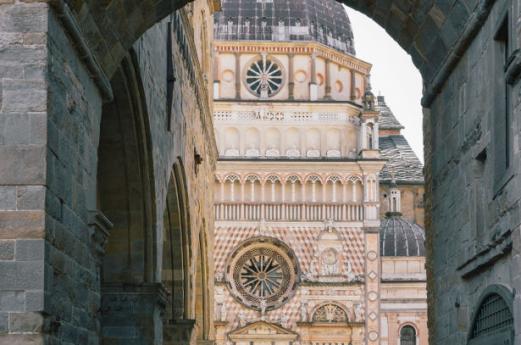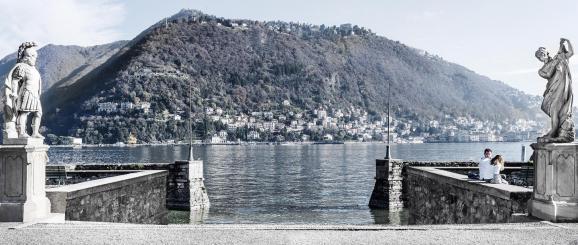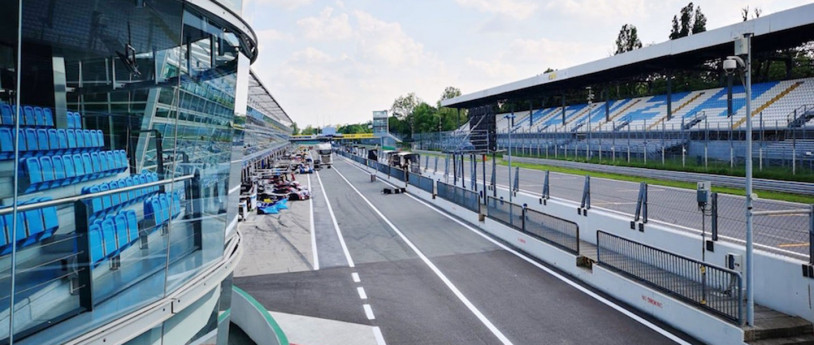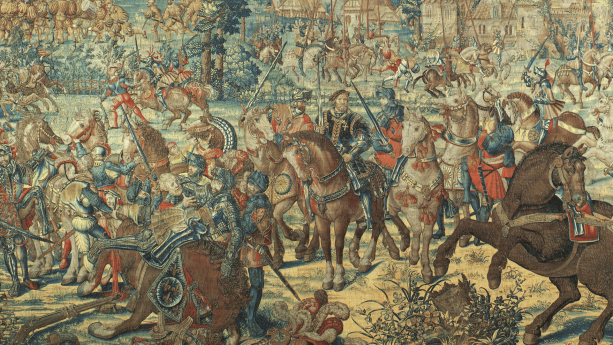- Lifestyle
- Art & Culture
- Food & Wine
Mantua and Cremona
Two towns, two UNESCO heritage sites. Tips for a weekend between Mantua and Cremona
Marvellous frescoes, craft tradition and local flavours. Three days in Mantua and Cremona, hunting down masterpieces by Mantegna, the violin maker’s art and flavours galore.
Mantua and its giants
This town is a UNESCO heritage site thanks to the ambition of the Gonzaga family, which transformed Mantua into a veritable artistic gem. At the Palazzo Ducale, go and see the famous Camera degli Sposi (Bridal Chamber) fresco by Mantegna. Look up to admire the cherubs and peacocks adorning the Camera Picta (Painted Chamber). At Palazzo Te, the talent of Giulio Romano shines through the architecture and the entire fresco cycle, waving a magic wand over every surface: from the Sala dei Venti (Room of the Winds) to the Sala delle Aquile (Room of the Eagles), up to the majestic Sala dei Giganti (Room of the Giants). When in Mantua, you should definitely make time to see Teatro Bibiena, described by the young Mozart as the most beautiful theatre in the world, and also the Biblioteca Teresiana. Other sites worth seeing include Piazza delle Erbe with the Basilica di Sant’Andrea by Leon Battista Alberti and the Rotonda di San Lorenzo. At the end of the day, we recommend heading out of town: sunset behind the skyline of Mantua viewed from the banks of the Mincio is breathtaking.
Cremona, city of the violin - and much more
Stradivarius, Guarnieri, Amati. These are the great names of Cremona’s violin-making tradition. This craft tradition has been on UNESCO’s Intangible Cultural Heritage list since 2012. Even today, 154 workshops open to the city transform the streets of Cremona into a spellbinding place. The best place to see the great Renaissance violins is Museo del Violino, where you can admire original project designs and instruments. Cremona's even more ancient history is reflected by the facade of the Duomo, which bears witness to the styles of all the periods it has passed through since the 12th century: from Romanesque to Baroque. In this magnificent square, you can also see the Battistero, with its 35 m high dome, the Torrazzo, with the biggest astronomical clock in the world and the first new vertical museum. You can also admire the arches of the ancient Palazzo Comunale. Don’t miss Teatro Ponchielli, which was worked on by Luigi Canonica.
Strong traditional flavours
Cheeses such as Salva Cremasco, and cold cuts such as Salame di Cremona. Plus a classic spicy Mostarda to go with everything. Follow this with the Cremonese sweet par excellence – torrone, or nougat. The recipe dates from the 15th century and contains egg whites, almonds and honey. The city holds a big festival to honour this unique product every year. The pumpkin reigns supreme in Mantua. Don’t miss an opportunity to try the famous pumpkin tortelli, made with sweet amaretti biscuits.
